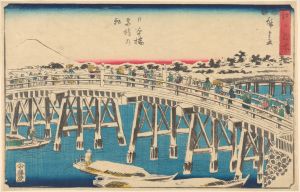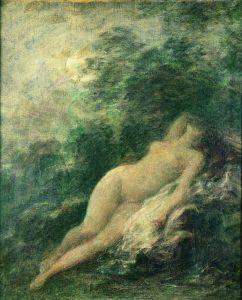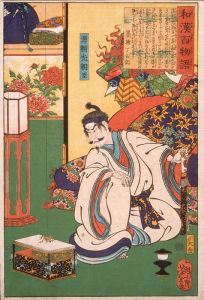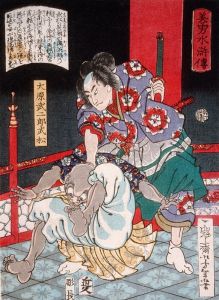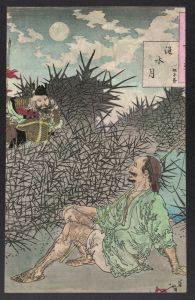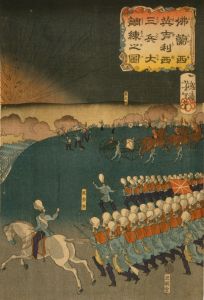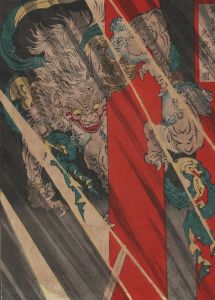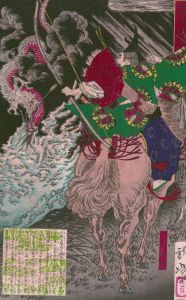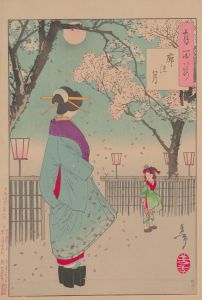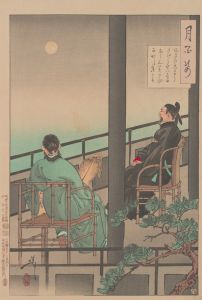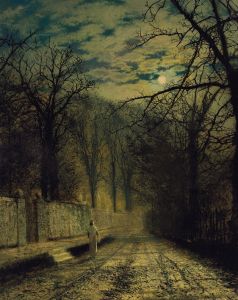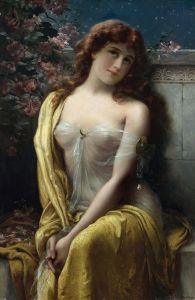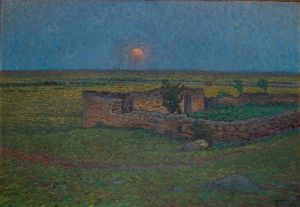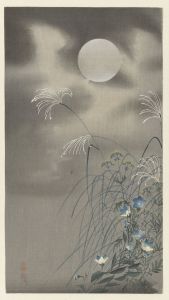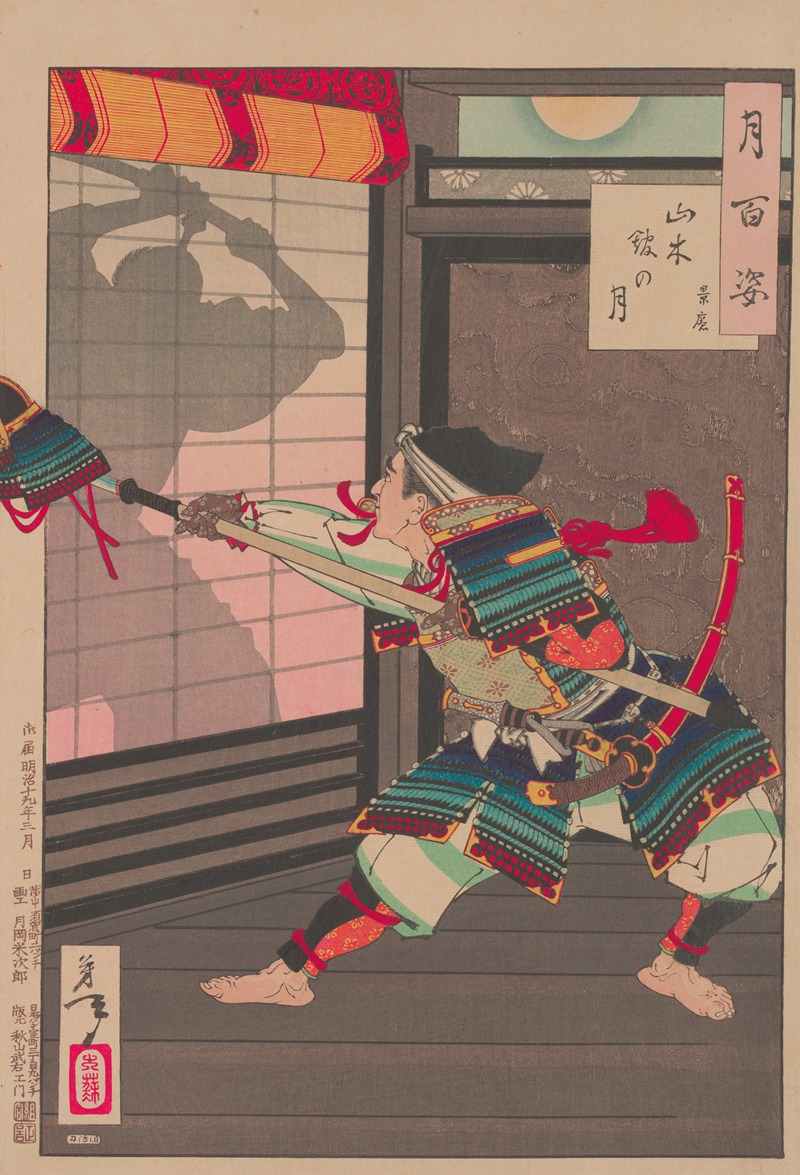
Moon at the Yamaki Mansion
A hand-painted replica of Tsukioka Yoshitoshi’s masterpiece Moon at the Yamaki Mansion, meticulously crafted by professional artists to capture the true essence of the original. Each piece is created with museum-quality canvas and rare mineral pigments, carefully painted by experienced artists with delicate brushstrokes and rich, layered colors to perfectly recreate the texture of the original artwork. Unlike machine-printed reproductions, this hand-painted version brings the painting to life, infused with the artist’s emotions and skill in every stroke. Whether for personal collection or home decoration, it instantly elevates the artistic atmosphere of any space.
"Moon at the Yamaki Mansion" is a woodblock print by the renowned Japanese artist Tsukioka Yoshitoshi, who is celebrated for his contributions to the ukiyo-e genre during the late Edo and early Meiji periods. Yoshitoshi, born in 1839 and passing in 1892, is often regarded as the last great master of ukiyo-e, a genre of art that flourished in Japan from the 17th through the 19th centuries. His works are known for their dynamic composition, innovative use of color, and psychological depth.
This particular print is part of Yoshitoshi's acclaimed series "One Hundred Aspects of the Moon" (Tsuki hyakushi), which was published between 1885 and 1892. The series consists of 100 woodblock prints, each depicting scenes from Japanese and Chinese history, literature, folklore, and mythology, all unified by the motif of the moon. The series is considered one of Yoshitoshi's masterpieces and is highly regarded for its artistic and technical excellence.
"Moon at the Yamaki Mansion" illustrates a scene from Japanese history or folklore, though specific details about the narrative depicted in this print are not widely documented. Like many of Yoshitoshi's works, it likely combines elements of drama, emotion, and a sense of the supernatural, reflecting the artist's interest in the human condition and the mysteries of the world.
Yoshitoshi's work during this period is characterized by a mature style that blends traditional ukiyo-e techniques with new influences, reflecting the rapid modernization and Westernization occurring in Japan during the Meiji era. His prints often feature bold compositions, intricate details, and a sophisticated use of color, which were achieved through the collaboration with skilled carvers and printers.
The "One Hundred Aspects of the Moon" series, including "Moon at the Yamaki Mansion," was produced using the traditional woodblock printing technique. This involved the artist creating a detailed design, which was then carved into wooden blocks by craftsmen. Each block was used to apply a different color, and the final print was produced by pressing paper onto the inked blocks in precise sequence. This labor-intensive process required great skill and coordination among the artist, carvers, and printers.
Yoshitoshi's work, including this series, is noted for its exploration of themes such as beauty, violence, and the supernatural, often reflecting the tensions and transformations of his time. His prints capture a unique blend of traditional Japanese aesthetics and the influences of a rapidly changing society, making them valuable both as works of art and as historical documents.
Today, "Moon at the Yamaki Mansion" and other prints from the "One Hundred Aspects of the Moon" series are held in high esteem by collectors and are featured in the collections of major museums around the world. They continue to be studied and admired for their artistic innovation, technical mastery, and the insight they provide into the cultural and historical context of 19th-century Japan.





